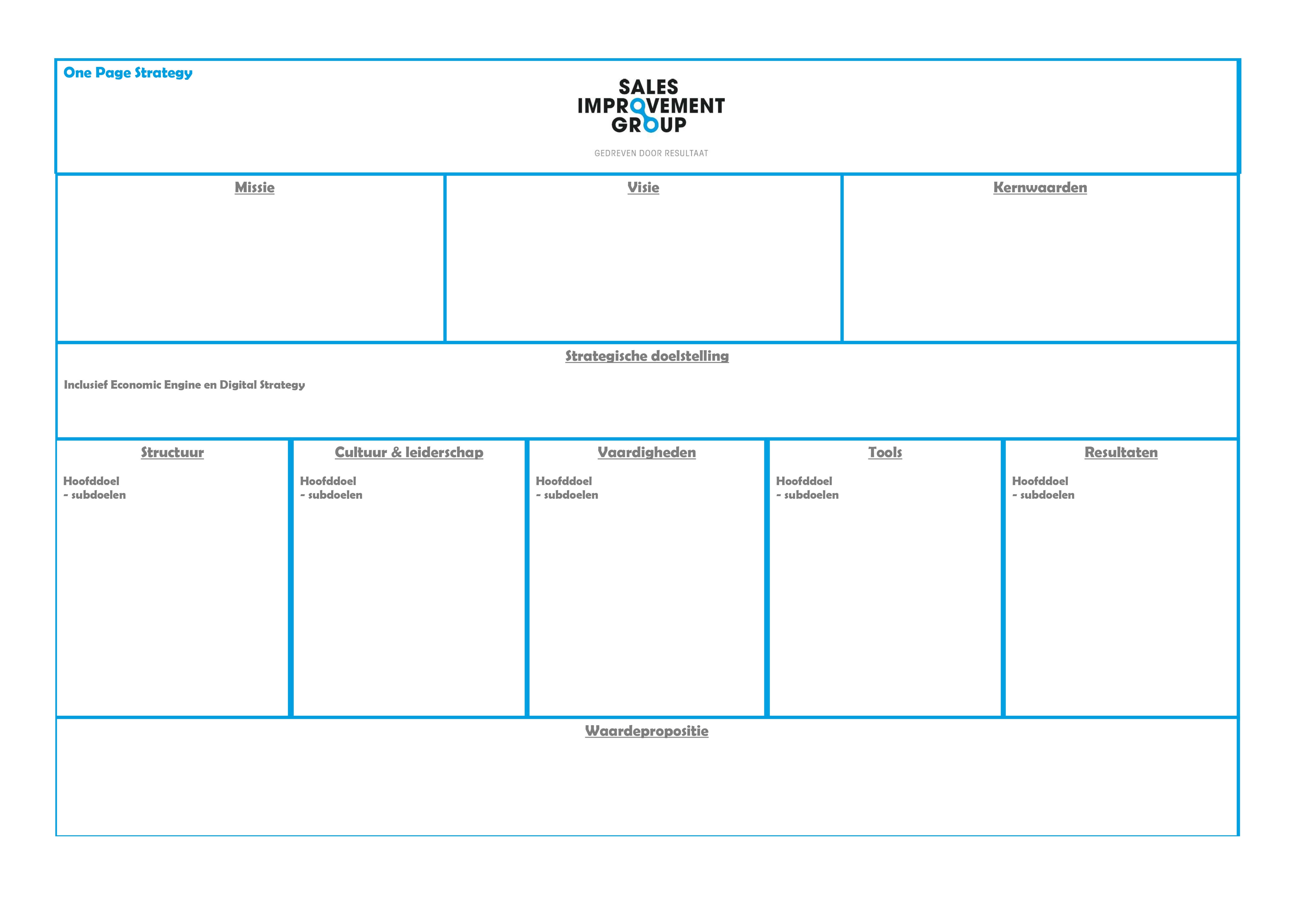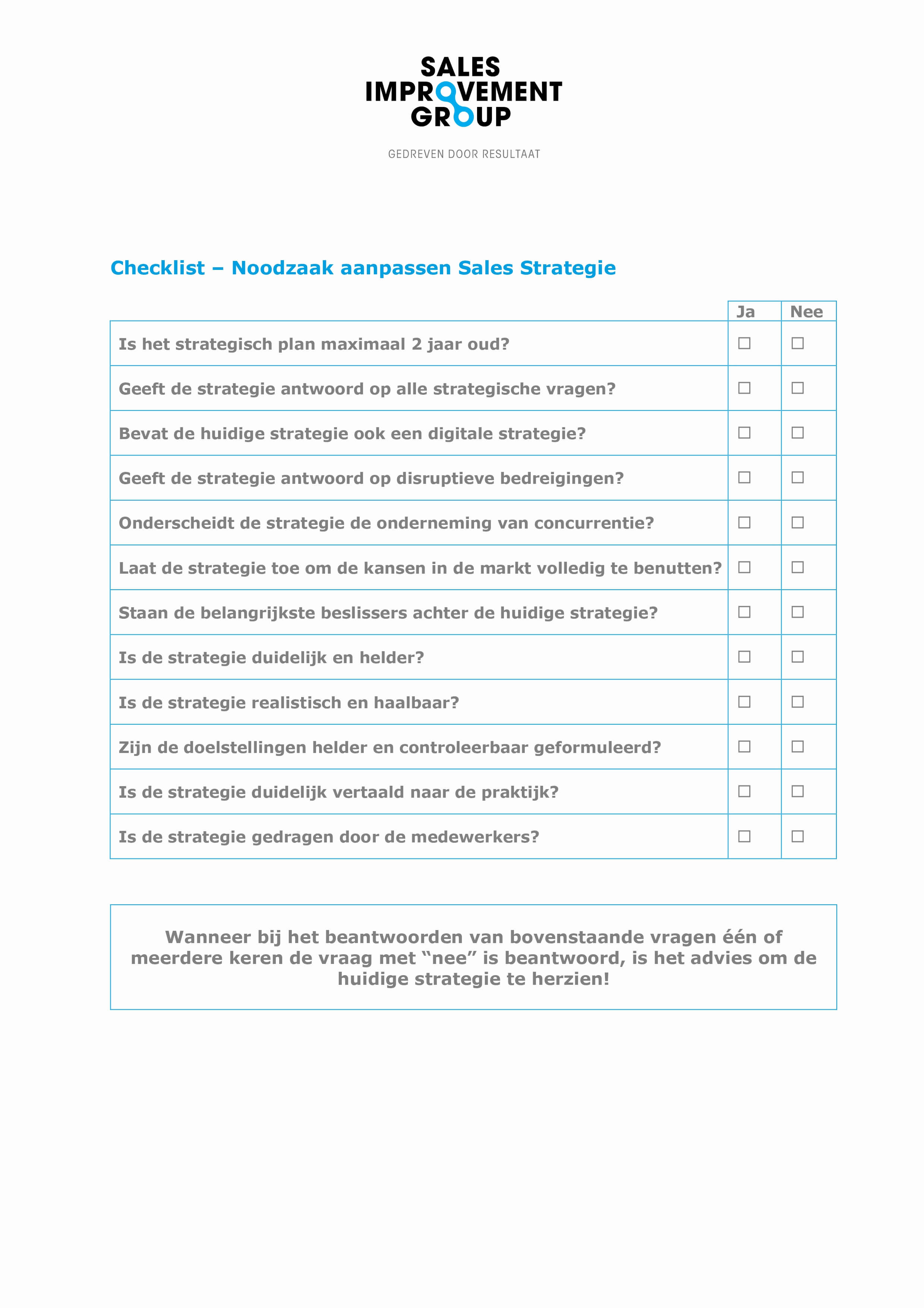Developing a Successful Sales Strategy


Last update on: 1 Sept 2025
Reviewed by: ![]() Michel van Hesse
Michel van Hesse
A good sales strategy is indispensable for every sales team. With a sales strategy, you determine how to approach sales. This can be done in many ways, and there are various sales strategies available. The choice of strategy depends on your company, your target audience, and the market. Since the market is constantly evolving, you may need to revise your sales strategy after some time. Setting up a good sales strategy is important not only for new businesses but also for existing companies to regularly evaluate their sales model critically. Is the plan still up-to-date? Does it align with current trends? Are adjustments or improvements needed?
Contents:
Before you start creating a sales strategy, it's helpful to understand its meaning and definition. A sales strategy encompasses everything necessary to achieve successful sales. The sales strategy is part of the sales plan and provides guidance to everyone involved in attracting new customers and securing orders. This includes sales professionals and marketers. A good sales strategy not only focuses on the selling aspect but also seamlessly aligns with the marketing strategy. Together, they form the foundation for a marketing and sales funnel to attract the most new leads.

There are many different types of sales strategies, which include both inbound and outbound sales. The choice of sales strategy should align well with your company, the customers you want to attract, and the market you operate in. Considering that customers today are well-informed and can find a lot of information and multiple providers online, having a solid sales strategy is incredibly important to convince potential customers that your product or service genuinely suits them better than that of the competition.
If you want to develop a sales strategy, there are certain aspects that you should definitely include in the strategy. Here are some examples of elements to incorporate:
There are many different types of sales strategies, and one strategy is not necessarily better than the other. The choice of strategy depends on the situation. An example of a strategy that has become increasingly popular in recent years is self-service.
The self-service strategy, as the name suggests, revolves around selling without the involvement of a salesperson. This technique originates from e-commerce, where customers order a product from a webshop themselves. This strategy works well for relatively inexpensive and easy-to-understand products. Customers require little explanation about the product and can purchase it without further explanation. In this sales strategy, a significant emphasis is placed on marketing. After all, potential customers need to be directed to the webshop.
If you are selling highly complex products with a high price and a long sales cycle, then self-service is definitely not the right sales strategy. In that case, selling through the field sales team works much better. In the past, this form of selling, where a salesperson visits a potential customer, was the norm. Nowadays, it's only worthwhile for expensive and complex products.
If your product or service is not complex enough for field sales but self-service is also not an option, then inside sales might be the right strategy. In this sales strategy, personal contact with a salesperson is important, but it doesn't necessarily have to be face-to-face. In inside sales, the contact mainly happens through email, online calls, and the phone.
It's also possible that you sell multiple products, in which case you use a combination of sales strategies. Also, consider new possibilities and emerging technologies that are becoming more popular. Always adapt your sales strategy to the company's situation. There is no one-size-fits-all successful formula, and what worked ten years ago may not work at all today. Therefore, a sales strategy should not be created only once but should be regularly evaluated and adjusted where necessary.
When developing a successful sales strategy, it's important to critically assess your company's situation. Examine the target audience, the market, and the current state of your sales strategy. Investigate if there are new opportunities and how you can leverage those possibilities.

The sales strategy should seamlessly align with the marketing strategy and is best developed simultaneously. You want all departments to understand each other and work toward the same goal. This can only happen if they work based on the same strategies.
Before you begin creating the sales strategy, carefully review the documents available thus far. Does the company have a well-defined value proposition? If not, it's essential to document this first. If you don't know the added value of your product or service to the customer, you won't know how to sell it effectively. And what about a sales plan, acquisition plan, and account plan? All these documents are valuable if you want to optimize the sales process of the company. So, examine what already exists, how up-to-date it is, and where there's room for improvement.
For example, use the One Page Strategy template:

Developing a successful sales strategy takes time and effort but is more than worth it. The plan provides guidance to all sales professionals and marketers, offering direction and assisting in planning concrete sales actions. Ultimately, this leads to much better results.
If you could use some help with creating a successful sales strategy, it's wise to enlist the assistance of an expert. A good sales strategy can make or break the success of your business. Only with the right strategy will you achieve the most sales and the best results.

A sales strategy is a plan developed to achieve a company's sales objectives. It encompasses various tactics and approaches used to attract potential customers, generate leads, and ultimately close deals. An effective sales strategy aims to maximize sales opportunities and increase revenue.
A well-thought-out sales strategy is essential for a company's success. It provides direction and focus to the sales team, helping them concentrate their efforts on the most promising opportunities. A sales strategy ensures that all team members are on the same page and collaborate to achieve the sales objectives.
There are various sales strategies that can be applied, depending on the objectives and the nature of the business. These include growth strategies, market penetration, market expansion, product development, and diversification. Some examples of sales strategies translated into commercial practice are:
Each sales strategy has its own advantages and disadvantages, and it's important to choose the most suitable approach based on the company's objectives and the needs of the target audience. A flexible and well-thought-out sales strategy can make the difference between success and failure in the competitive market.